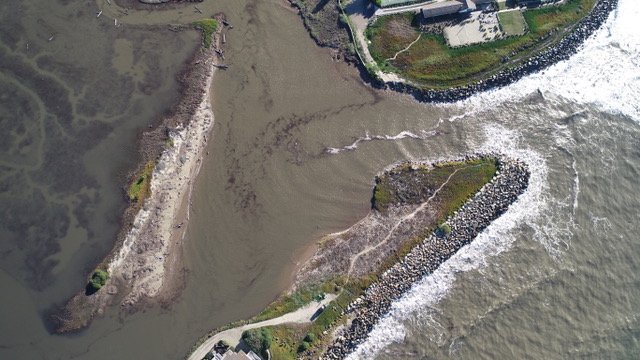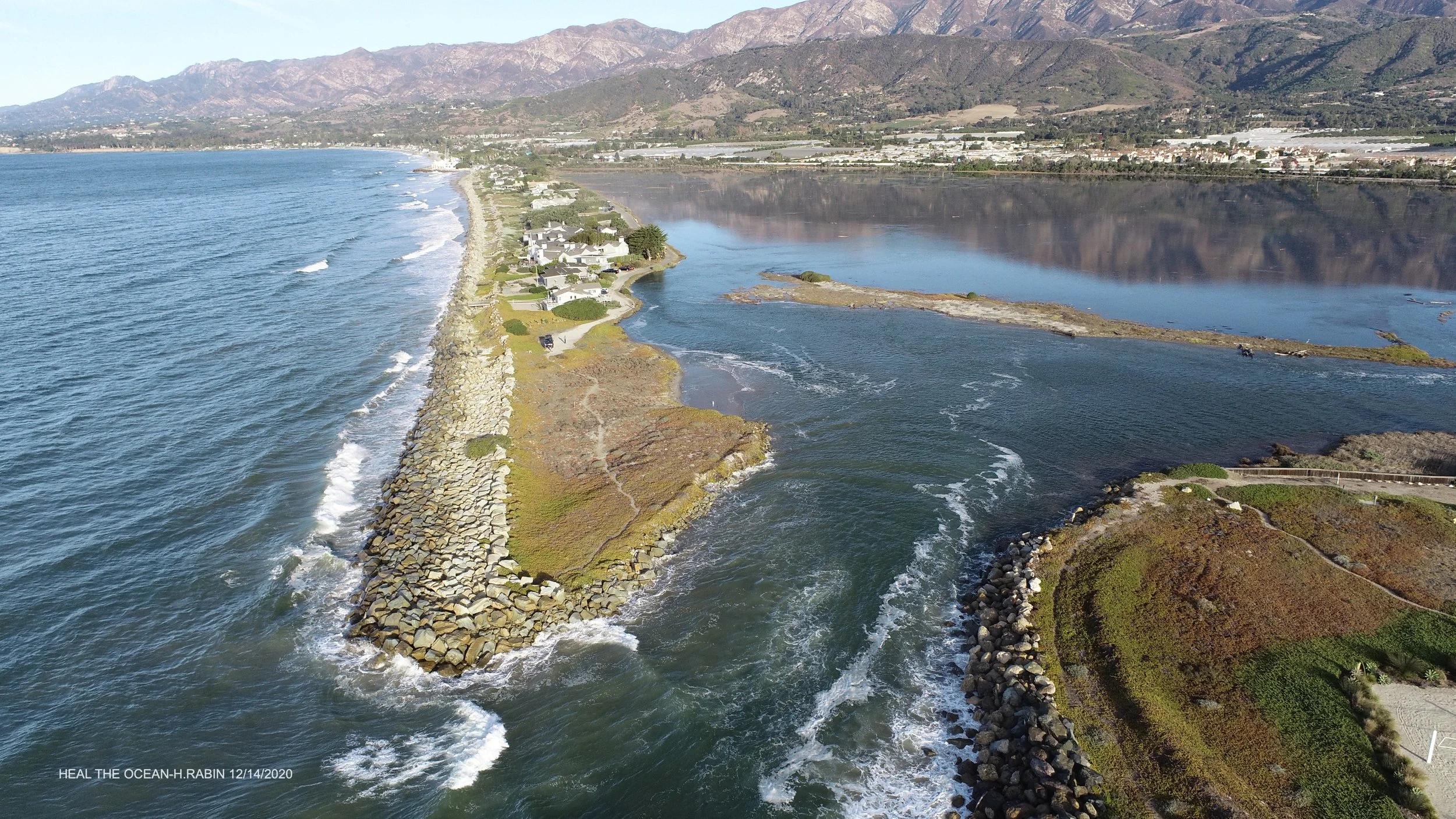
Friends of the
Carpinteria Salt Marsh.
Let us protect one of the most important treasures and hallmarks of the
Carpinteria Valley and the City of Carpinteria
The Carpinteria Salt Marsh (CSM) is a significant statewide example for estuary protection and is a reference marsh for mitigation efforts in the state as well as an estuary of international recognition.
The marsh is in danger.
We Need YOUR Help
On May 9, 2025, the California Coastal Commission (CCC) approved a single-family residence on an extremely small vacant spit of land at the outlet of the CSM to the Pacific Ocean. Although the CCC acknowledged that the proposed project violates the mission of the CCC and clearly goes against the mandates of the California Coastal Act, they went ahead with approval to avoid a potential Takings claim.
Hear from other supporters
-

“The Carpinteria Salt Marsh represents a vital link in what remains of California’s once extensive network of coastal wetlands and estuaries. The Carpinteria Salt Marsh provides essential habitat for several species of special concern including Belding’s Savannah Sparrow, Least Terns, Salt Marsh Bird’s Beak and the Ventura Marsh Milk Vetch. Additionally, the marsh provides critical spawning and nursery habitat for several commercially or recreational important species of fishes including the California halibut. Loss or degradation of this habitat would represent a significant loss of ecosystem services within the Carpinteria Salt Marsh. The Carpinteria Salt Marsh Reserve strongly opposes the proposed development”.
Andrew Brooks
UCSB Carpinteria Salt Marsh Reserve Director -

"Every visit to the Carpinteria Salt Marsh Reserve provides us with an opportunity to experience the seasonal changes of flora and fauna, the power of the tides, and to observe the variety of birds that use the Salt Marsh during the year. It is a magical place that renews us with a sense of calmness and peace."
Tom Beland & Laurel Luby
Citizen scientists and supporters -

"When it comes to environmental science, ecology, and the study of biodiversity, it's hard to beat being out in the field where the more senses you can get involved in learning, the better. Standing in the Carpinteria Salt Marsh Reserve, you are immersed in ecology, and there is something that's just one step better than being taught in a classroom or a lab."
Adam Green
Professor at Evergreen Valley College
Former Professor at Santa Barbara City College
Why This is Important
The Carpinteria Salt Marsh is one of the most important treasures and hallmarks of the Carpinteria Valley and the City of Carpinteria. Over 90% of the State’s coastal wetlands have been lost, and those that remain are crucial to support biodiversity, water quality, aid in flood control, sequester carbon, serve as nurseries and essential habitat for fisheries and provide open space for scenic and cultural values. The Carpinteria Salt Marsh is an important statewide example of effective estuary management and protection that serves as a reference estuary (which means it is a benchmark against which other estuaries are measured) with international recognition. Protecting the Carpinteria Salt Marsh from incompatible and harmful development is crucial to preserving its important ecological and community functions. Any potential development that will impact its protected ecosystems is a call to action.
Friends of the Carpinteria Salt Marsh are seeking support to slow, shrink, or at least properly review this highly impactful project in an extremely unique, sensitive and important environment within the cherished Carpinteria Salt Marsh.
From an Expert
Wayne R. Ferren Jr.
Environmentalist, Consultant and co-author of the Management Plan for the CSM Reserve
“I have conducted research, managed resources, and led field trips at Carpinteria Salt Marsh Reserve for nearly 50 years. The estuary, and the rich biological resources it supports, is among the most important coastal wetlands in Southern California. It is also the focus of many significant research projects and studies, and has contributed immensely to our knowledge of coastal watershed, wetland, and oceanic processes. The estuary is home to endangered species, regionally endemic species, and for its size provides shelter and food for a large number of vital organisms including at least 200 birds species (both resident and migratory), 35 fish species, 134 invertebrate species, and 135 native plant species, among which are at least 33 sensitive plant and animal species. The award-winning interagency Management Plan for the estuary is supported by approximately 45 agencies, institutions, and homeowners associations, which encourage the acquisition and preservation of the few remaining open spaces to assist with the many intersecting management strategies required to maintain the priceless natural resources and the many ecosystem services and socio-economic benefits Carpinteria Salt Marsh Reserve provides. I encourage every interested person and group to join in the effort to preserve this unique ecosystem in its entirety.”


